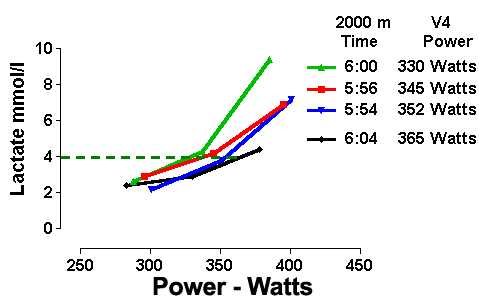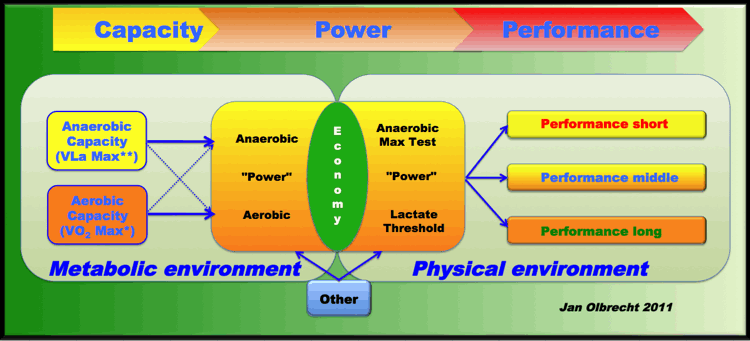http://www.ncbi.nlm.nih.gov/pubmed/15288459
Applies more to running than cycling, but when you look at a movement pattern such as tibial acceleration, which has some literature link to injury, the interesting part is tibial acceleration decreases in this study with fatigue. Very often, high tibial acceleration in the literature increases injury risk.
http://www.ncbi.nlm.nih.gov/pubmed/11517672
Add in the potential increase in impact force from fatigue, with the body's need to decelerate movement during activity...Couple random pubmed studies don't prove anything- but does make one wonder.
Still tend to go back to the mantra of "biology is messy," and although we know a lot, there is still a lot of speculation. But, performance on consecutive days even though the muscles feel fatigued still falls back on the recruitment pattern of the type muscle?- but I know that many can reach into the pain cave for planned overreaching cycles longer with a cycling block than for a running block, which probably leans toward impact trauma playing a factor (though not sure to what degree).
http://www.reathcon.com
Applies more to running than cycling, but when you look at a movement pattern such as tibial acceleration, which has some literature link to injury, the interesting part is tibial acceleration decreases in this study with fatigue. Very often, high tibial acceleration in the literature increases injury risk.
http://www.ncbi.nlm.nih.gov/pubmed/11517672
Add in the potential increase in impact force from fatigue, with the body's need to decelerate movement during activity...Couple random pubmed studies don't prove anything- but does make one wonder.
Still tend to go back to the mantra of "biology is messy," and although we know a lot, there is still a lot of speculation. But, performance on consecutive days even though the muscles feel fatigued still falls back on the recruitment pattern of the type muscle?- but I know that many can reach into the pain cave for planned overreaching cycles longer with a cycling block than for a running block, which probably leans toward impact trauma playing a factor (though not sure to what degree).
http://www.reathcon.com

